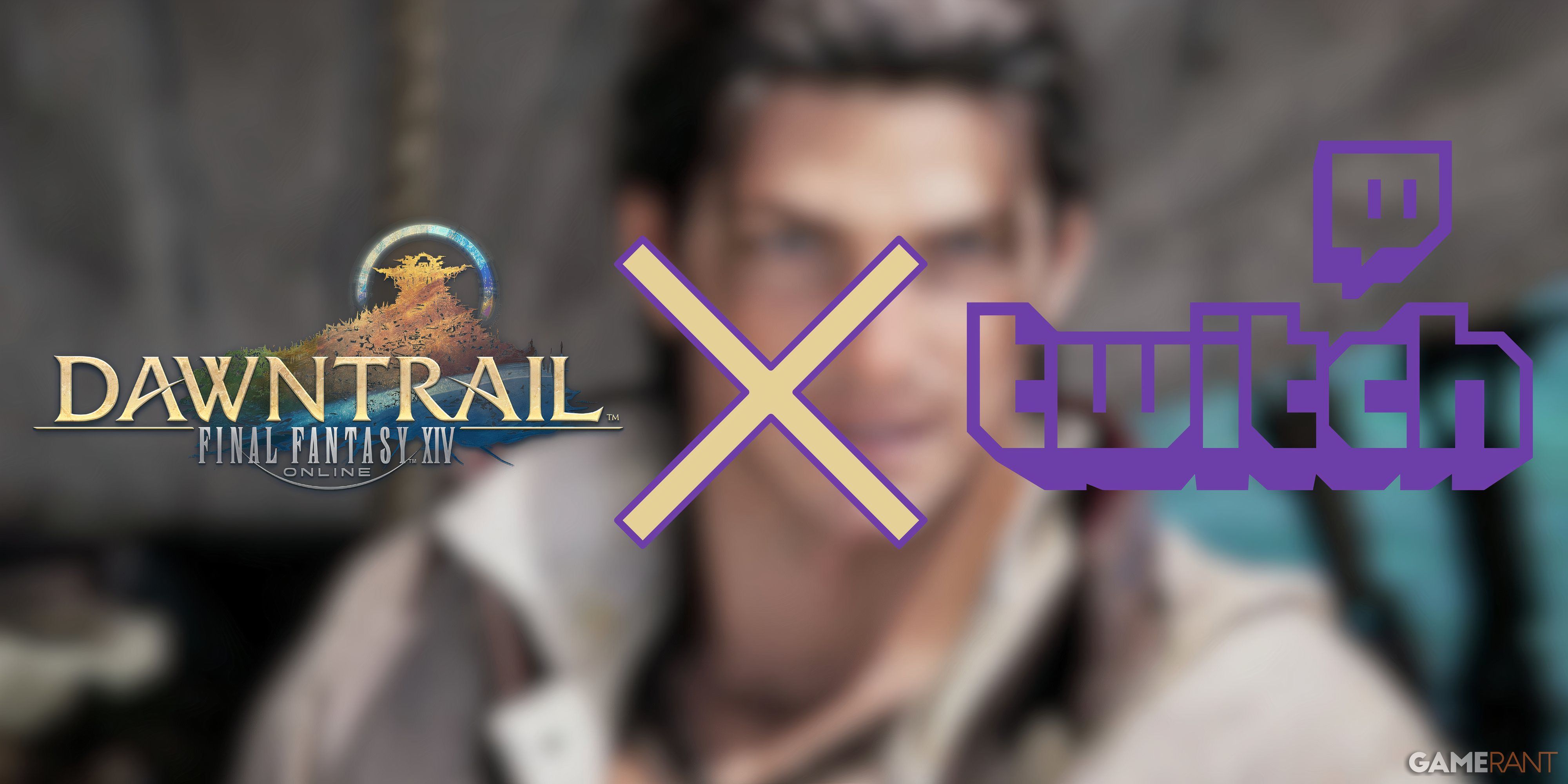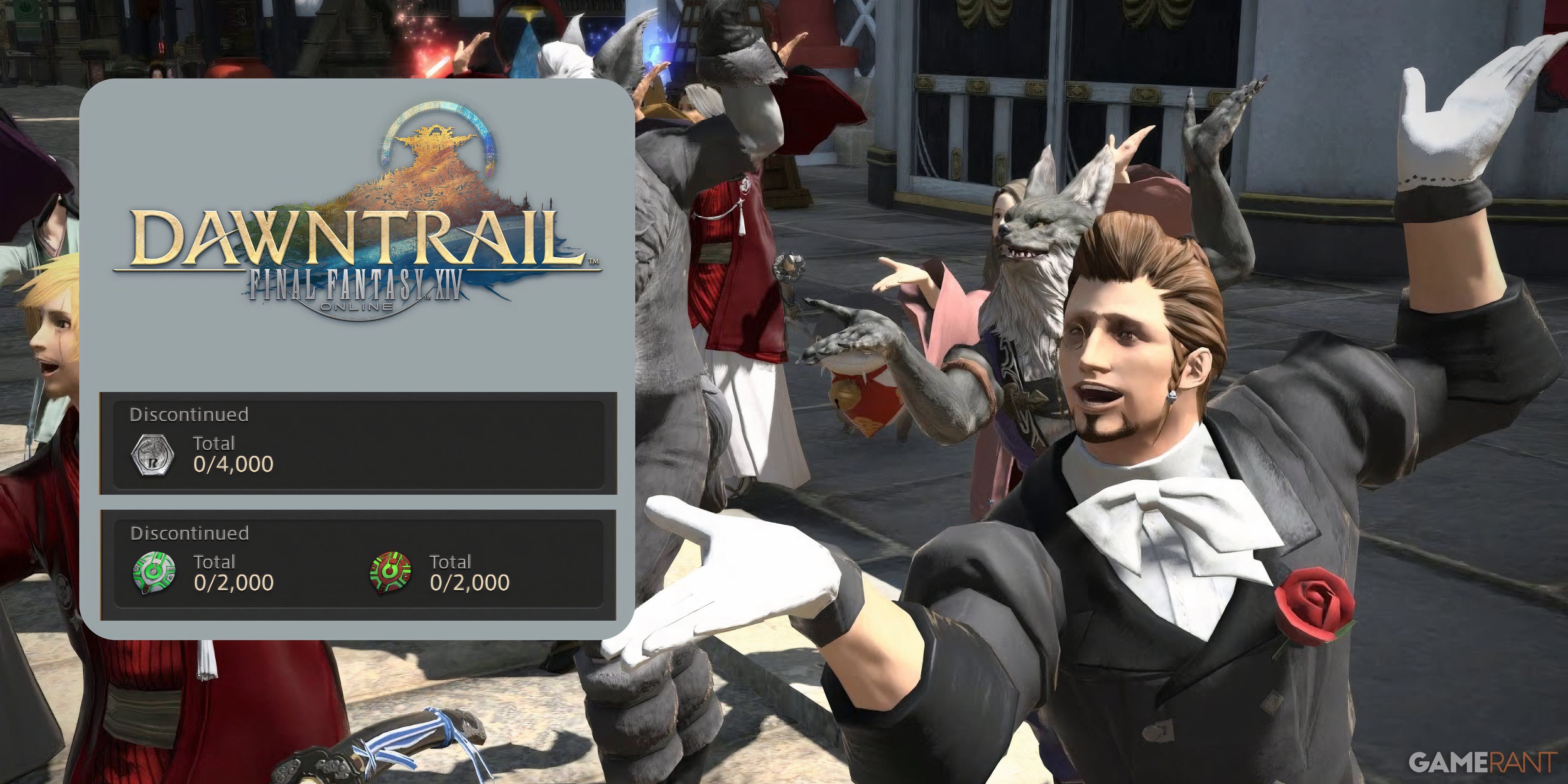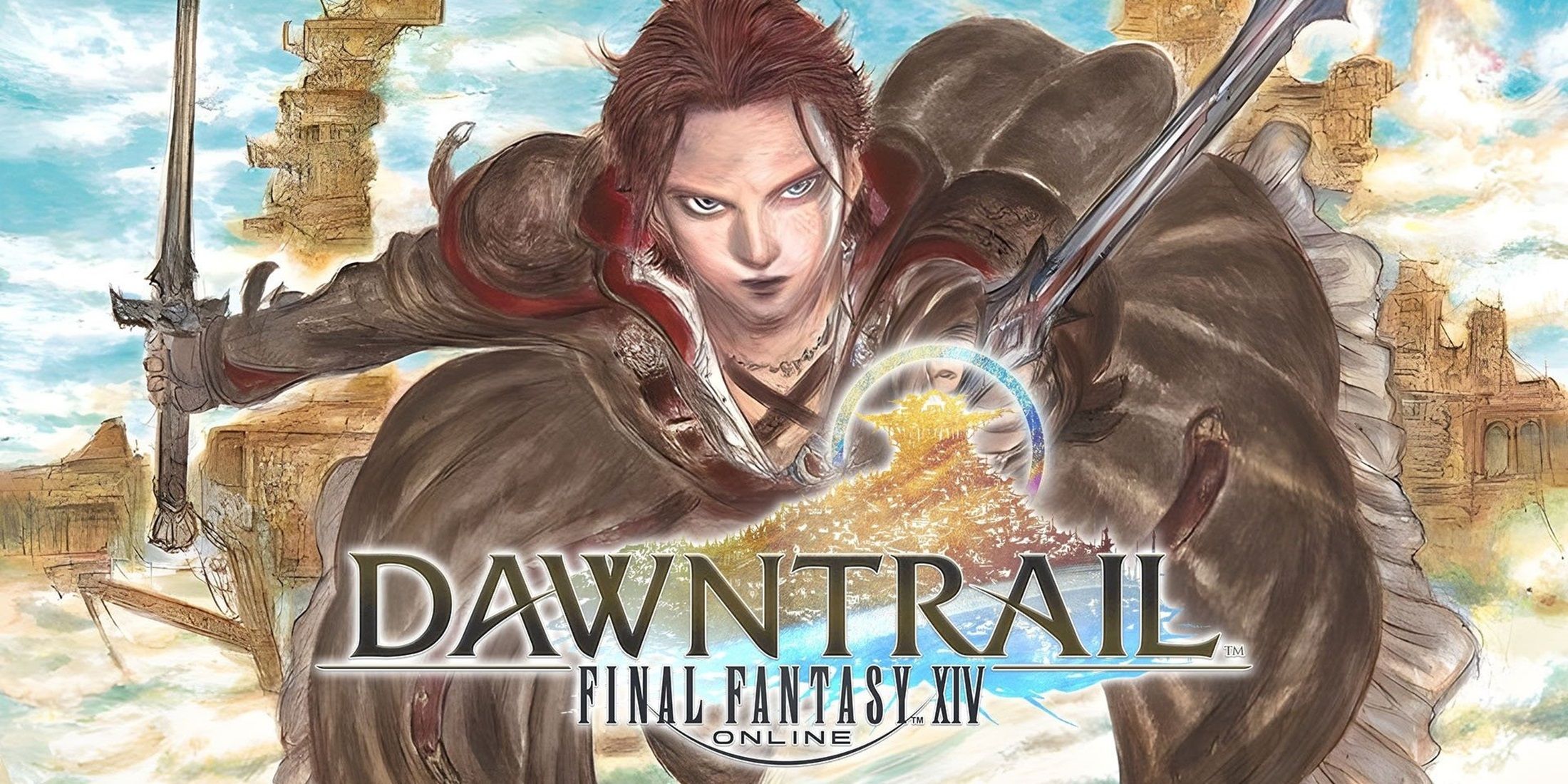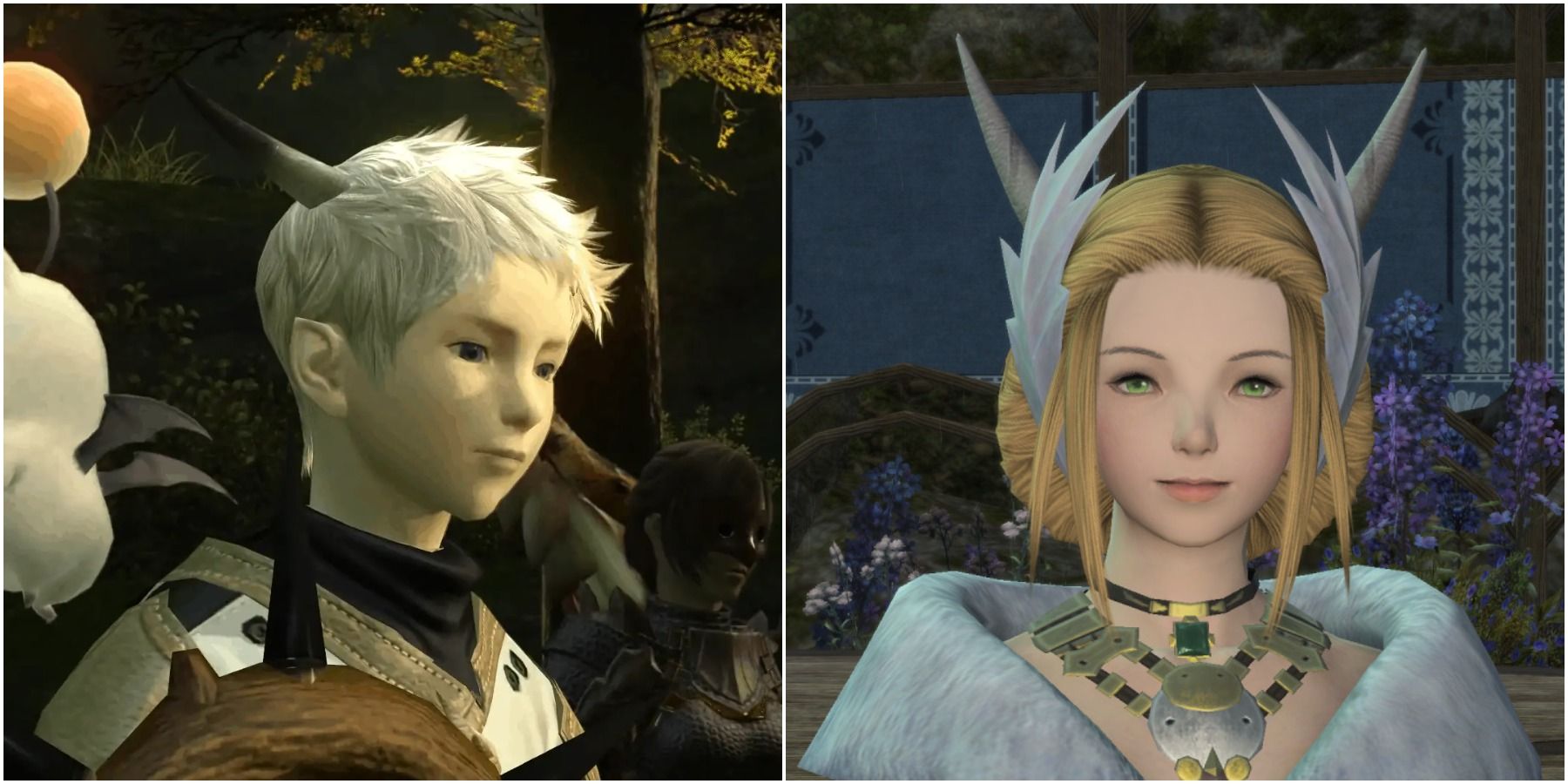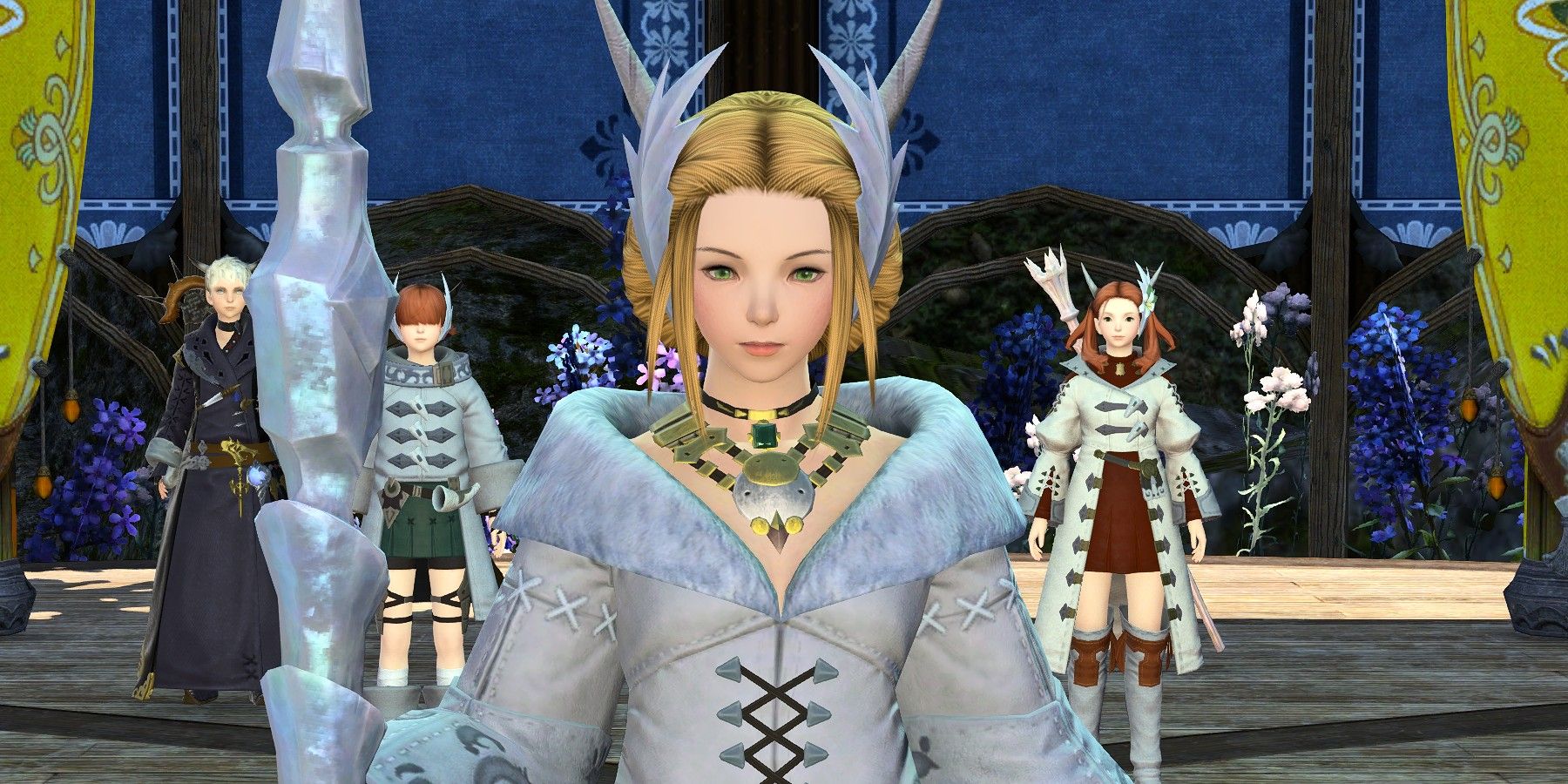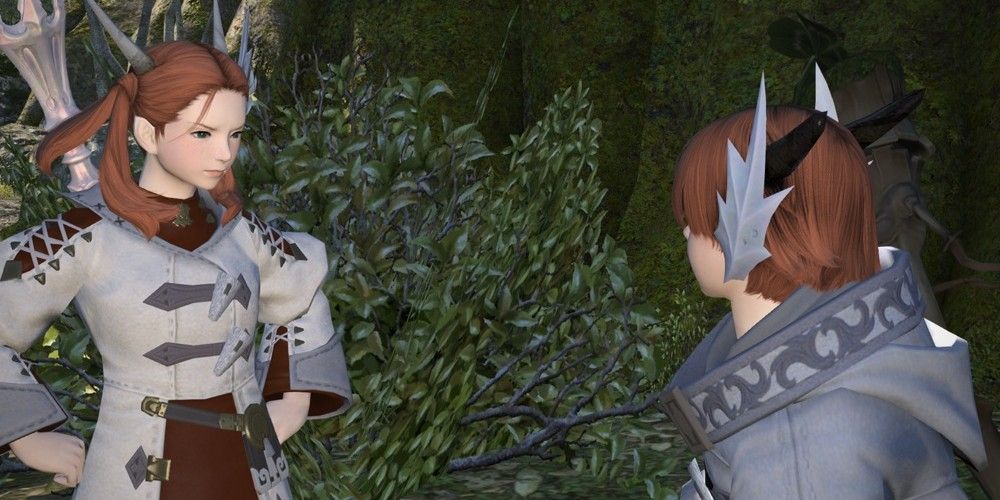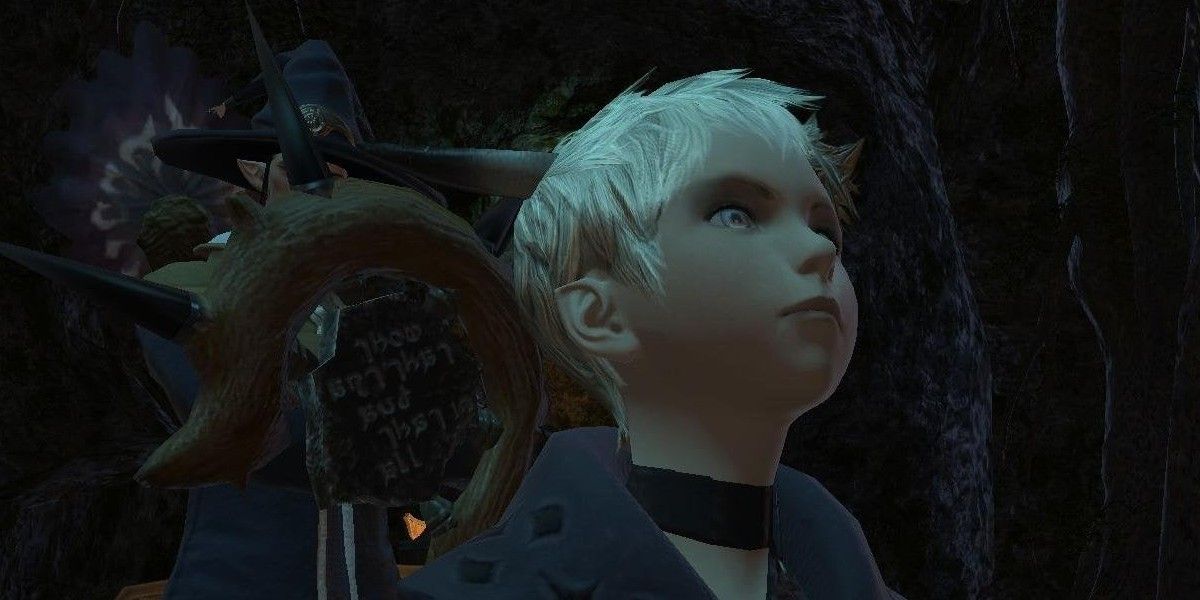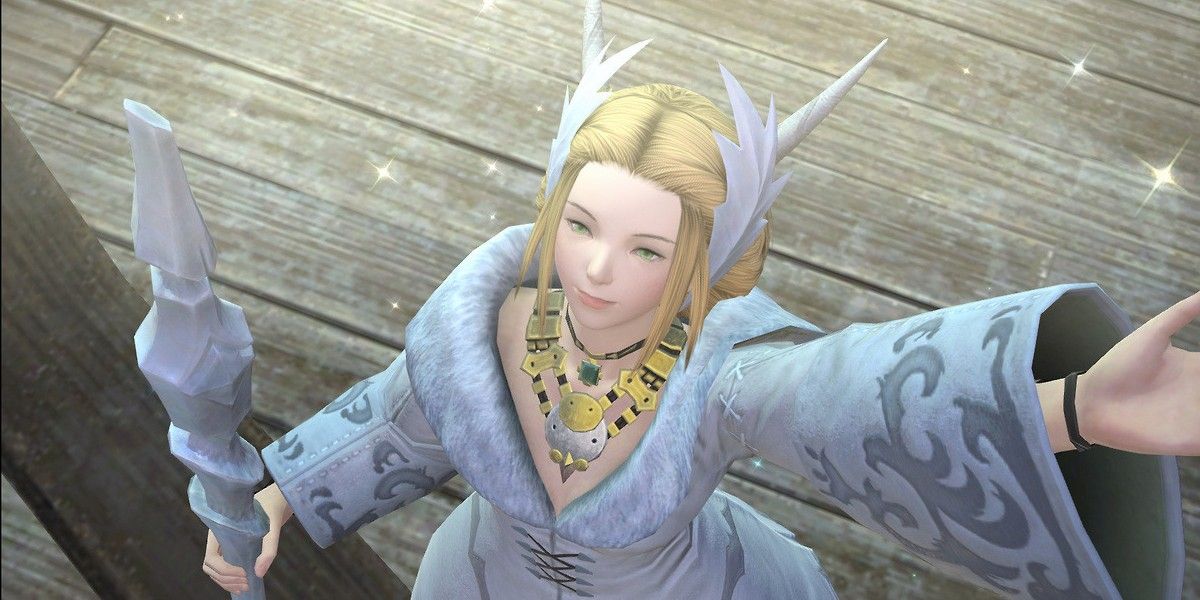Final Fantasy 14 has many unique fantasy races, such as the Lalafell, Viera, Hrothgar, Miqo'te, and Au Ra that the player can select in the character creator. However, there are also races and subspecies that are not playable, such as the Garleans and the many Beast Tribes. One of the most interesting of all these non-playable races is specific to a certain region of Eorzea: The Padjal of Gridania.
The Padjal are called "tsunomikoto" in Japanese, which translates to "horned revered one," which is very literal to their nature. The Hyurian subspecies are known for their horns and for taking the role of holy figures in Gridania. Since their species is so rare, not much is outright said about them within the game. However, fans have compiled plenty of information about them through the games' sidequests, lore books, and the Padjal characters.
The Origin Of The Padjal
The story of the first Padjal began with a Gelomorran conjurer named Jorin. Gelomorra was an ancient pre-Gridanian civilization that existed under the Black Shroud, for fear of the wrath of the elementals and the Ixal. However, Jorin communed with the elementals and got their permission to live above ground and build Gridania shortly after the Sixth Umbral era. It was during that time that Jorin had a baby with a spouse, and that baby turned out to have horns. The baby grew into a child, but stopped aging after that. He had the ability to predict natural events within the Black Shroud, and adopted the name I-Ohok-Pota.
I-Ohok-Pota also named the second Padjal that was later born from a different family, U-Kote-Num. Due to their power and being born at the beginning of Gridania's creation, Padjal have held positions of power in the city-state ever since. It is believed that certain Hyuran bloodlines are also known to consistently (though rarely) create Padjal. These Gridanian Hyur families include the Senna, Yan, and Pesi. The Padjal remain one of the few Eorzean species that are not naturally occurring and exist solely because of the coexistence between Hyur and elementals.
Padjali Language
Padjal names are in a language known only to the Padjal, called Padjali. The Padjali language is comprised of sounds made by the aetheric waves created by elementals when they commune with them. Outside of Final Fantasy 14's own lore, Padjali language and names are loosely based on the Ainu people's language, who are indigenous to northern Japan.
How Padjal names are constructed is also based on gender. Male Padjal names begin with a little vowel-based word, while female Padjal have the same but in the middle of their names. Examples of male names include O-App-Pesi and E-Sumi-Yan. Female names include Raya-O-Senna and Kan-E-Senna. All their names are made from three words, with the first two being a forename and the final part being their surname.
Much else in Gridania is based on the Padjali language, and the Padjali language is often used to name sacred spaces or locations tied to the ancient Gelmorran society. Some Padjali is even in the name of the early Final Fantasy 14 dungeons. For example, the "Haukke" of Haukke manor is Padjali for "to speak without words." "Toto-Rak" from The Thousand Maws of Toto-Rak refers to a man-eating monster from Padjali folklore.
Padjal Physiology
There is more to Padjal than just their white horns. Their bodies allow them greater talents in conjury and the ability to communicate with the elementals in a more direct way than others. Of course, there is also the matter of their slow aging process. They do age, but do so at an incredibly slow rate to the point that they won't naturally perish until they are well over 200 years old. Even when they die in such a manner, they still will look very young. The aging process slows to a crawl at different rates for Padjal. Some stop aging normally when they are a pre-teen like E-Sumi-Yan while others like Kan-E-Senna stopped at as a late teenager or young woman.
Padjal also have much more aether than other races, and that can cause them issues later in life if they are not trained in how to use their powers correctly. Issues can include all sorts of chaos such as accidentally affecting weather, summoning primals, teleporting, and attracting voidsent. This is partly why Padjal dedicate themselves to conjury and all of them are raised in the Stillglade Fane, as it is a means to train themselves in their use of aether while also helping others in the Black Shroud.
Padjal Culture
Gridania's governing body is known as the Seedseer Council, and the Elder Seedseer was a position created specifically for someone who is Padjal. It was originally created for I-Ohok-Pota and is now a role taken by the well-known Padjal, Kan-E-Senna. Their position as head of the council is important since they alone can communicate with the elementals, which are aetheric beings that Gridanians rely on to live in peace.
Padjals practice White Magic because it is the will of the elementals. The elementals also gave the Padjal permission to teach conjury to others, which is why the Conjurers' Guild in Stillglade Fane exists in Gridania. Any child recognized as a Padjal is taken by the Conjurers' Guild and given a new name from the elementals and is required to live at Stillglade Fane rather than with their families.
Most Gridanian families see having a Padjal child to be an honor and have no issues with the child being taken to the Conjurers Guild. In rare cases, though, some parents have refused for their child to be taken. However, Gridanian law allows Padjal children to be taken with or without the parent's consent.
It was revealed in Endwalker that a Padjal can also be exiled by the elementals. Such a thing happened to a friend of Kan-E-Senna, Ea-Sura-Supin. While in training as a Padjal, he broke an important rule and the elementals took away his horns and abilities.
Final Fantasy 14 is available now for PC, PS4, and PS5.

